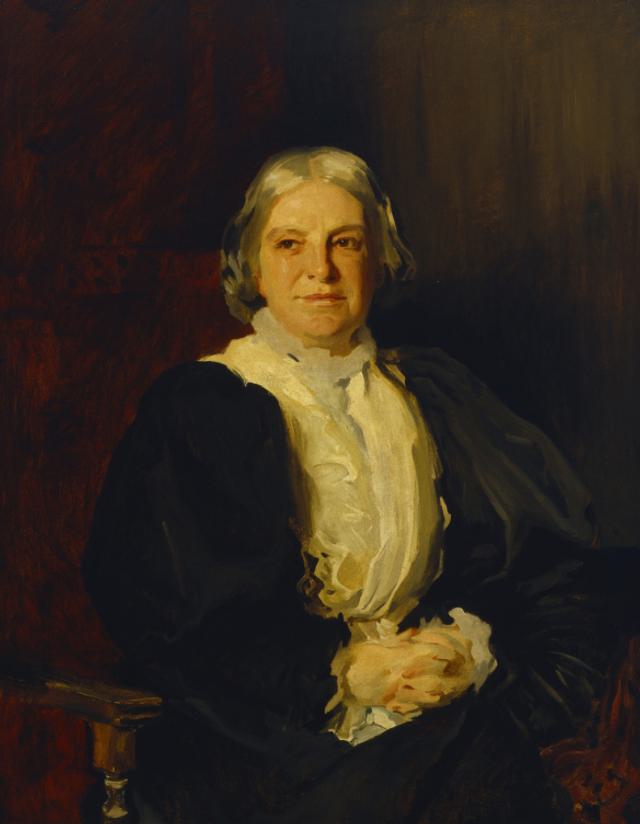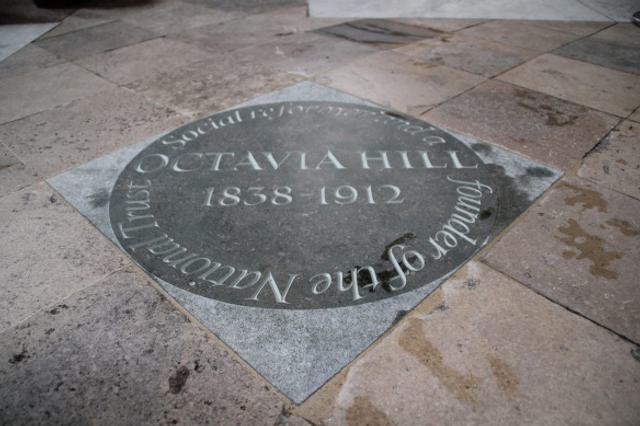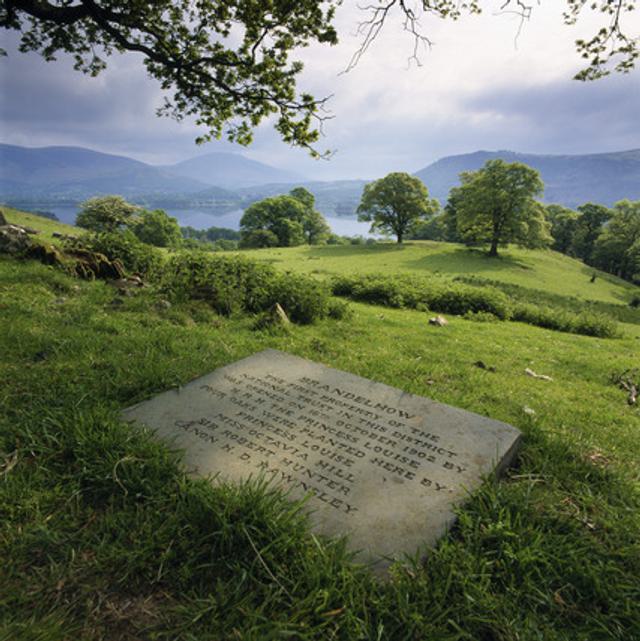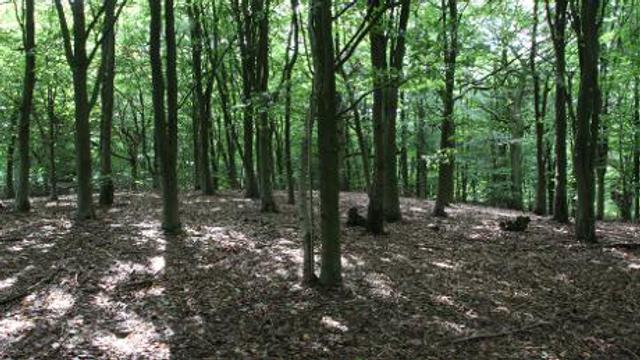National Trust: recruiting members by the millions
- Exhibited by
- Aline Reed
- Added
- July 06, 2014
- Medium of Communication
- N/A
- Target Audience
- Individuals
- Type of Charity
- Culture and heritage
- Country of Origin
- UK
- Date of first appearance
- Unknown
SOFII’s view
Octavia Hill, co-founder of the National Trust in England and Wales, was a fantastic fundraiser. Not only was she a social reformer with the courage of her convictions and a philanthropist who didn’t have family money or any independent wealth of her own, she also found donors to support her ideas in unlikely places. Octavia Hill believed that everyone should be given the chance to support great work. In her own words: ‘The shilling of one is of as much importance as the pound of another.’ Perhaps that’s how, within a hundred years of its founding, the National Trust grew to be one of the largest charities in the land, with millions of members.
Creator / originator
Sir Robert Hunter, Octavia Hill and Hardwycke Rawnsley
Summary / objectives
The National Trust was founded at a time of change. The industrial revolution meant that green spaces were disappearing. Rich landowners were enclosing common land, leaving poor families without open spaces to graze their livestock. Octavia Hill, founder of the National Trust, believed action was needed:
‘These fields may be bought now, or they may be built over. Which is it to be?’
To buy the fields, the Trust needed money. Octavia Hill was the fundraiser and the national appeals she ran for the National Trust never once failed.
Membership was a way of getting rich and poor to feel that beautiful places were theirs. For everyone, forever: these are the values of the Trust still today.
Background
From what I can gather, National Trust membership began when the organisation was established, so around 1895. The founders of the National Trust had considered selling shares as a way of generating funds, but membership (as I’ll explain) was more in keeping with the founding ethos of the organisation.
Octavia Hill was a remarkable person. As a child she refused to eat sugar because she didn’t want to endorse the slave trade. Her commitment to good causes continued her whole life, but she doesn’t really fit our picture of regular Victorian philanthropists.
For a start, she had little money of her own and had to earn a living all her life. Perhaps because of this, she didn’t believe in charity in the sense of simply giving money away. She believed that social initiatives had to be run in a business-like way, which ensured that donors’ money wasn’t wasted. She also believed that ‘beneficiaries’ had to be active participants in the change taking place in their lives.
At 15, Octavia Hill started work as a copyist for John Ruskin. A few years later, she persuaded him to invest in a housing scheme. Ruskin stumped up the money to buy some run-down houses. Hill renovated the properties to a basic level then rented them out at an affordable rate to families who were living in the slums. Ruskin got a five per cent return on his money and any additional funds were ploughed back into improving living conditions.
The families living in Hill’s housing were then supported in various schemes to improve their communities. They built safe play areas for children; they set up craft clubs and social clubs. Eventually, thousands of people were living in housing Octavia Hill had renovated and ran with her army of (mainly) volunteers.
What’s interesting here is that donors were lending their money, not giving it and they were getting a return. Hill believed potential donors liked ‘a charity where money goes a long way because of commercial management’.
So she took that same thinking to the National Trust, where she set up a membership scheme. She could have raised money via her rich and influential friends, but she believed in participation. If beautiful places were to be saved for everyone – rich and poor – then everyone had to have the chance to give their support.
She said: ‘The shilling of one is of as much importance as the pound of another.’
When it came to buying individual pieces of land, Hill launched national fundraising appeals. But again she went in search of donors in unusual places. She set up fundraising committees in the factories and mills of Birmingham, Manchester and Liverpool. She asked factory workers to donate to save beautiful areas of the Lake District threatened by development.
She said: ‘When collecting money for securing a bit of the Lake country, I received 2 shillings and 6 pence from a factory worker in Sheffield. She said, “All my life I have longed to see the Lakes. I shall never see them now, but I should like to keep them for others.’”
Special characteristics
Octavia Hill co-founded the National Trust during the latter years of her life. Previously, she had devoted herself to offering decent housing to poor working families living in the slums. The National Trust was simply an extension of her beliefs. Just as poor families should have a decent home, they should have ‘outdoor living rooms’ – green spaces for everyone to enjoy.
Fundraising via membership turned out to be a huge and enduring idea.
- In 1912 when Octavia Hill died, The National Trust had 713 members. It had 15 buildings and 43 areas of land, totalling 5,000 acres in its care.
- Just over a hundred years later (in 2014), The National Trust has four million members. It has over 300 properties and 630,000 acres of countryside in its care.
Merits
Membership for the National Trust is a huge fundraising success but I wonder how many people know the story of the incredible woman behind it?
She said: ‘I want to distribute power, not accumulate it.’ Membership allowed her to achieve her laudable aim.
SOFII’s Once Upon I Wish I’d Thought Of That 2013 – Aline Reed presents the National Trust, you can watch her presentation below:


 View original image
View original image
 View original image
View original image
















